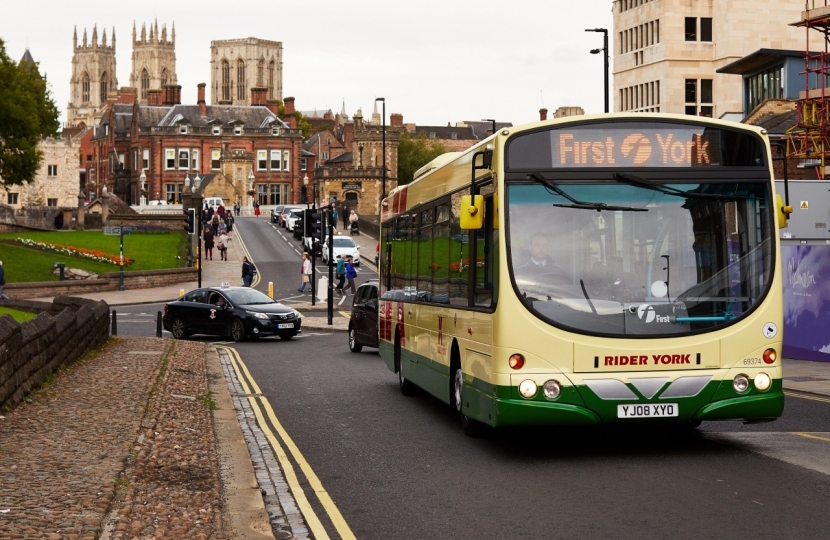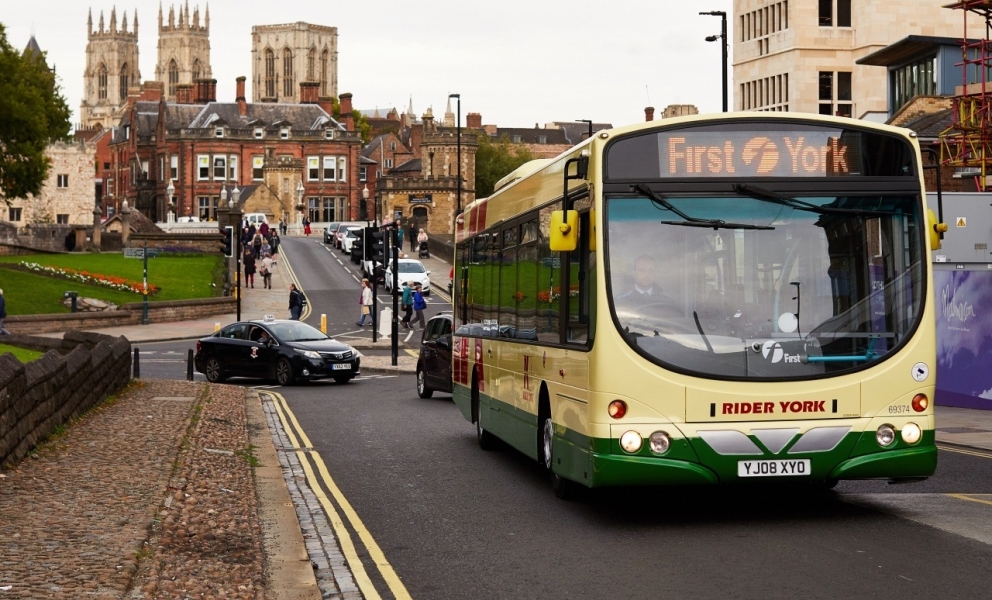
Conservative led City of York Council is set to invest £1.6million in a new Clean Air Zone (CAZ) in York, which is aimed at improving exhaust emissions from local bus services.
The council is working alongside local bus operators to help tackle traffic pollution in York’s city centre - mainly caused by diesel vehicles, which can be harmful to people’s health.
The proposals went out to consultation last year and the responses have provided valuable feedback to help shape the future Clean Air Zone.
Unlike other parts of the country where a Clean Air Zone is a mandatory requirement, the council is proactively looking to introduce the new zone by 2020, in recognition of the impact that poor air quality can have.
A report will be taken to Executive on Thursday 17 January outlining the feedback of the consultation, which over 250 residents and businesses responded to, including bus operators.
Cllr Peter Dew, Executive Member for Transport, said: “The council has looked at many ways to improve air quality in the city centre, so we are delighted to be able to earmark £1.6m into working with bus operators to apply the proposed Clean Air Zone to local bus services.
“This consultation was a really crucial part of how we can continue to work with operators to help reduce pollution by 2020-21”.
If the proposals are approved, the CAZ will be introduced from January 2020. A twelve month ‘sunset period’ will be put in place, however, to ensure vehicles not meeting the requirements may continue to be operated, if evidence can be submitted demonstrating that orders have been placed for these vehicles to be replaced or upgraded. Measures will also be put in place from January to tackle bus idling.
If approved at Executive, the recommendations will be taken to Budget Council in February.
City of York Council already has several long term policies in place to manage traffic levels and reduce pollution. These aim to:
• Reduce the total number of vehicle trips - by encouraging walking, cycling and public transport use
• Reduce taxi emissions - by mandating emissions standards for taxis operators
• Increase electric vehicle take up by providing electric vehicle charging points, converting some buses from diesel to electric and transferring goods from HGVs to bicycles or lower emission vehicles
• Limit further pollution – by encouraging low emission developments
• Prevent unnecessary pollution by tackling vehicle idling
• Lead by example – by reducing pollution from council vehicles



